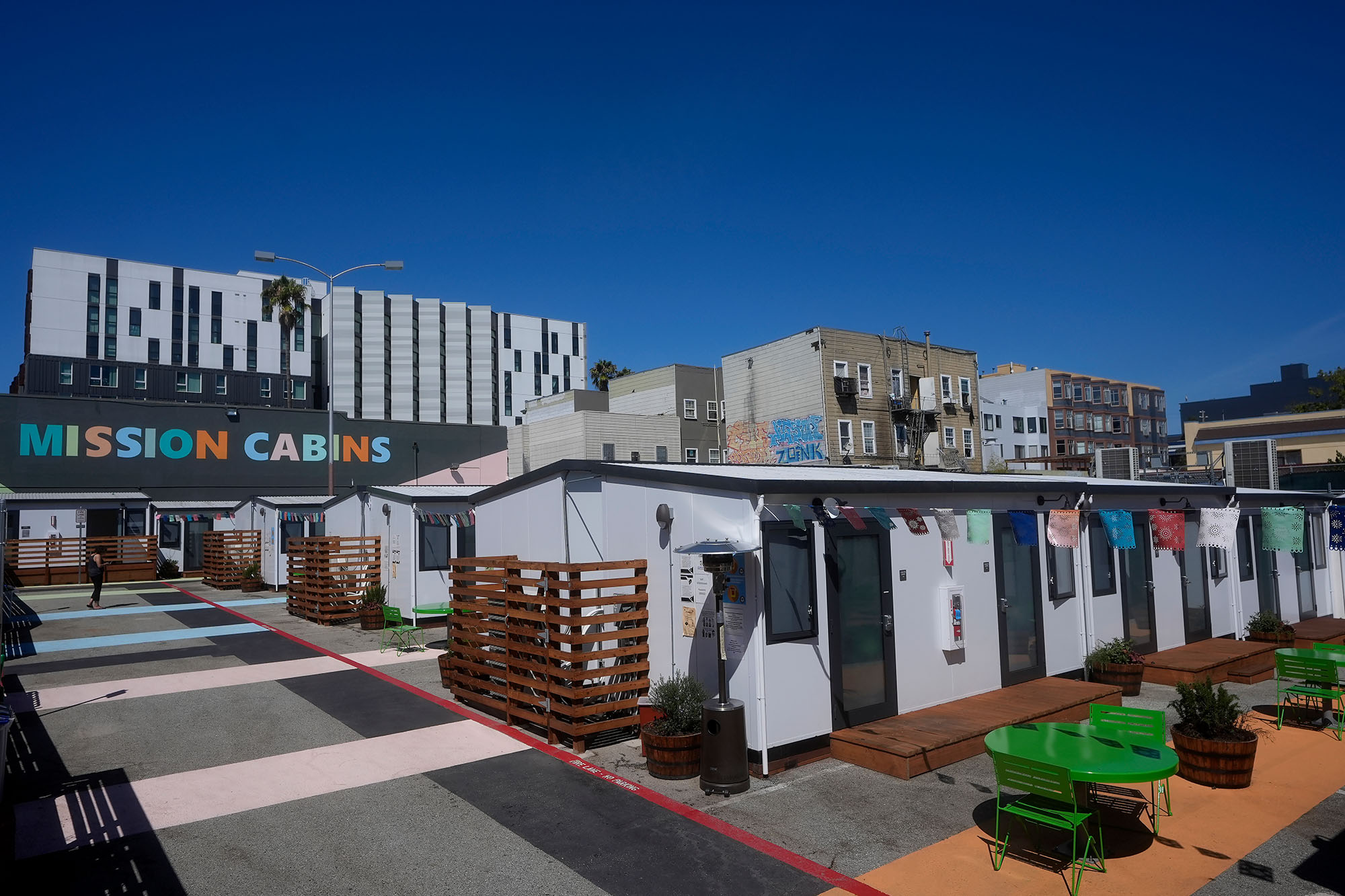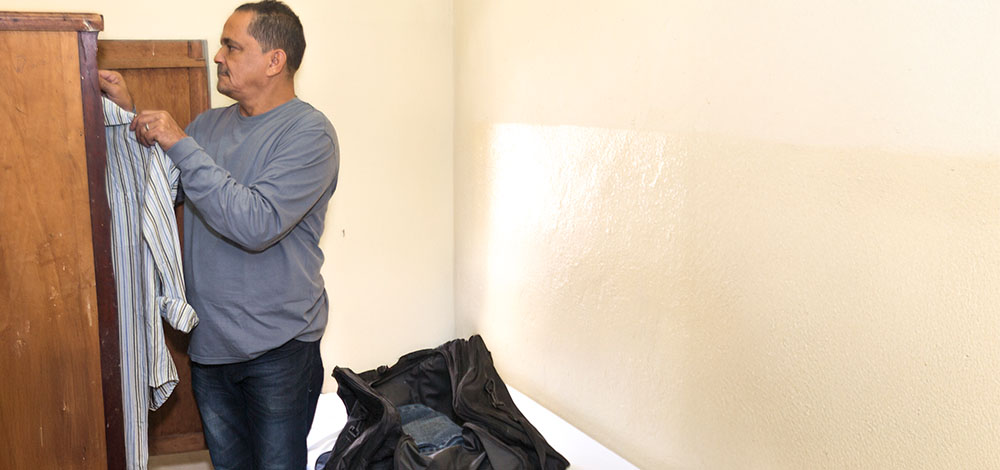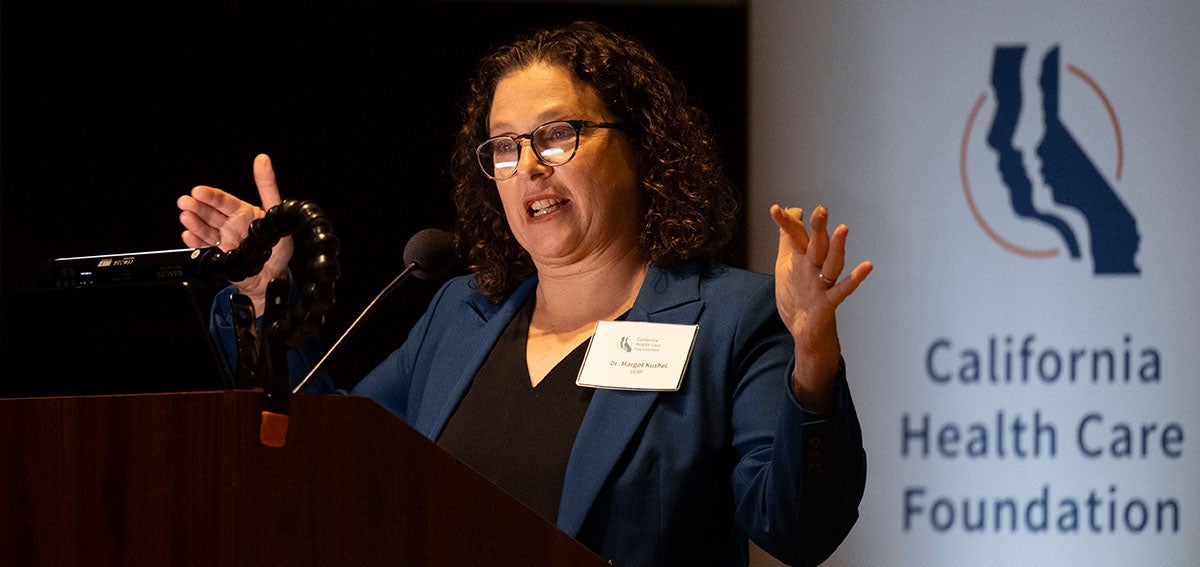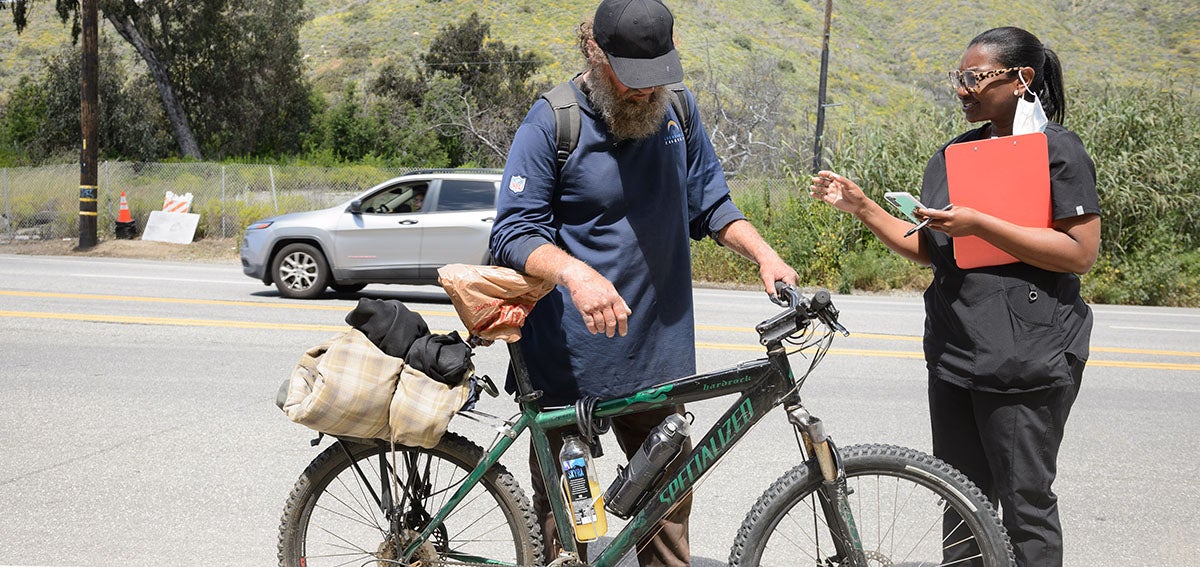|
Getting your Trinity Audio player ready…
|
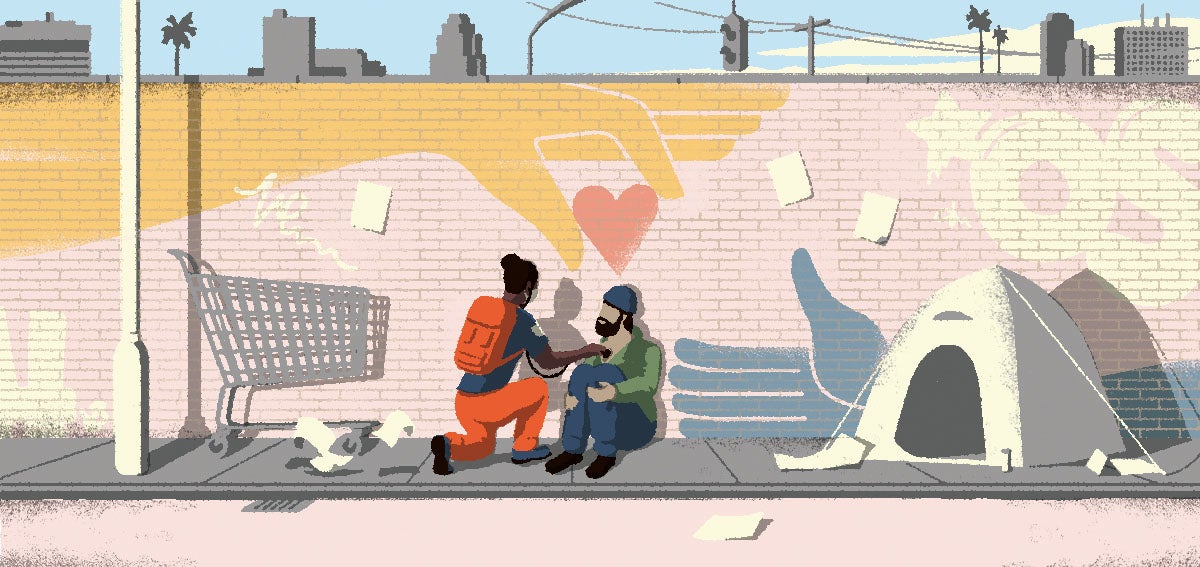
Seven years ago, I lived on the streets of West Oakland, California — one of the legions of human beings whose trauma had hurled them into the position of having no place to be somebody. In my unhoused community, we huddled in our tarp-covered shanties — cobbled together out of discarded items under a cathedral of overpasses and elevated Bay Area Rapid Transit (BART) tracks by the truck stop off Interstate 80 on 6th Street. Like the other 80 or so displaced people I lived with, my struggle with mental health, substance use, and poverty had me falling off the edge of the world.
While people with someplace to go — someplace to be — flew by on the tracks and freeways above us, we inhabited lives of slow and quiet desperation. Our existence was focused on self-medicating, scrounging for scrap metal to pay for drugs, building shelters out of trash, putting out fires, cleaning and moving our camp, and hiding from the violence that attends poverty. We spent our days trying to survive, looking after the members of our street community who were hurting, and making many trips — so many trips — to the emergency department (ED), where we were often treated badly and denied critical services simply because we lacked a place to live. It was the only place we knew to seek health care, but we were often turned away.
Our few contacts with the world we had fallen from occurred when the California Department of Transportation (known as Caltrans) would come to move our camp, or when the police would show up, at random, to take one of us to the highway patrol station when they were training new recruits to recognize what it looked like when people were on drugs. Because I was the oldest person in the camp, had no criminal record, and felt comfortable communicating with law enforcement — and because I was White — I was often the person chosen to deal with the cops. On more than one occasion I found myself at the station, standing before the stare of a California Highway Patrol officer-in-training so that they could learn what the eyes of someone on drugs looked like.
Once, a young officer, under the watchful gaze of her training sergeant, was shining a flashlight in my face and looking deep into my eyes. “Don’t stare too long, you might fall in love,” I said, smiling through missing teeth and batting my eyelashes. It made the officer and the sergeant laugh and emboldened me to engage them in conversation. I asked the sergeant if the new recruits were being trained in helping people experiencing a mental health crisis. He thought that was funny, too, but I was serious. I wondered whether he knew what a mental health crisis would look like, even if it were staring him right in the face.
Continue reading the article here. This story first appeared in the February 2024 issue of Health Affairs.
Authors & Contributors
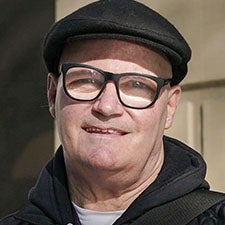
Lawrence Lincoln
Lawrence Lincoln is a formerly unhoused client of and collaborator with Alameda County Health Care for the Homeless. He serves as an adviser for the Center for Health Care Strategies’ Partnerships for Action: California Health Care and Homelessness Learning Collaborative, made possible by the California Health Care Foundation. He also serves as a member of the Camden Coalition’s National Consumer Scholars Program. Currently housed in Berkeley, Lincoln studies creative writing at San Francisco State University.

Golden Cosmos
Golden Cosmos is the working name of Berlin-based duo Doris Freigofas and Daniel Dolz. They have been illustrating together since 2010. Their work has appeared in The New York Times, The New Yorker, The Atlantic, and the Washington Post, among others. Their illustrated books have been published by Nobrow Press and Editions Milan.

